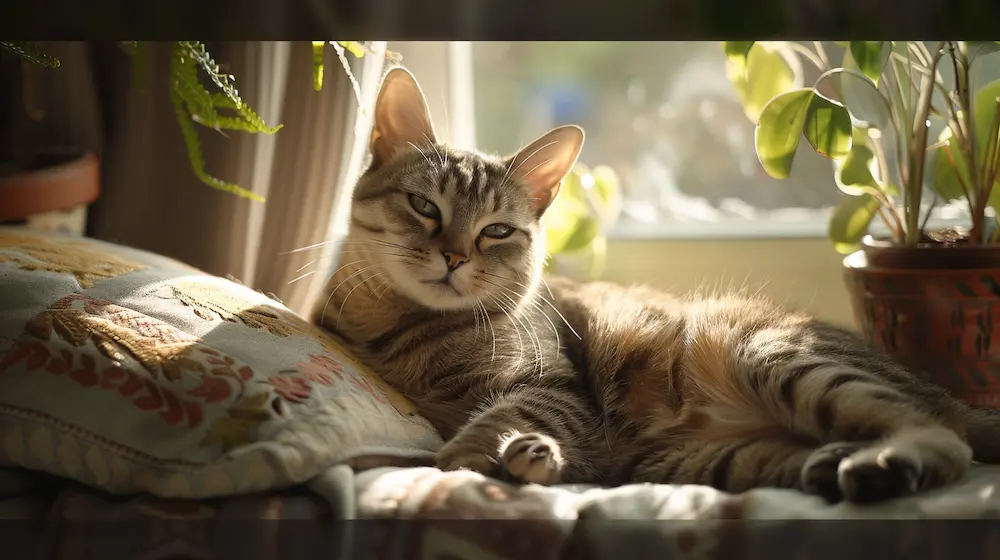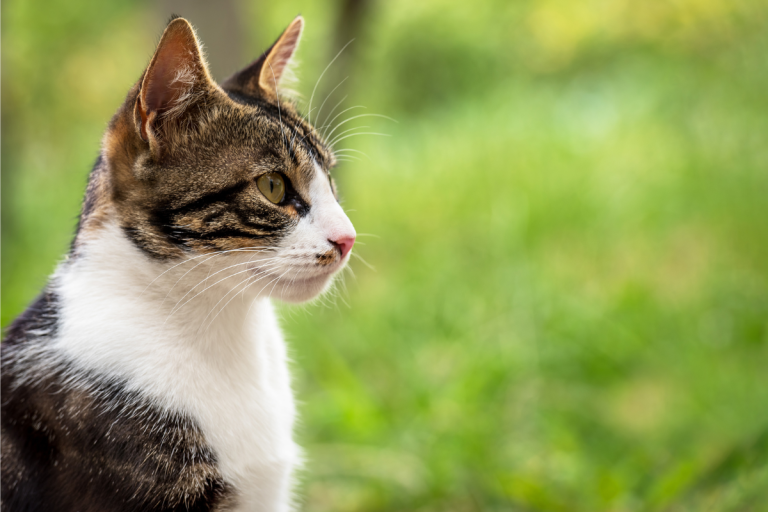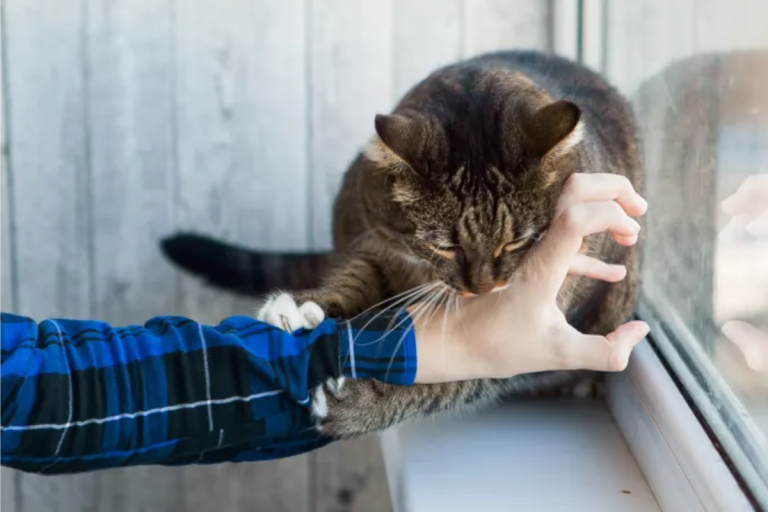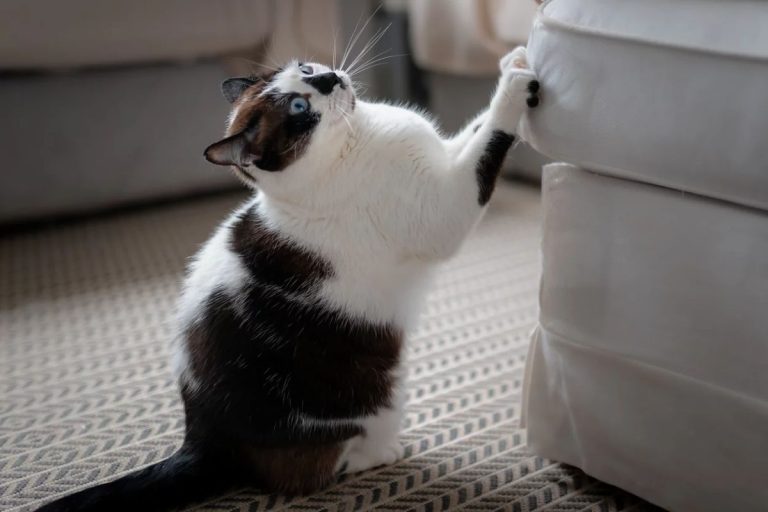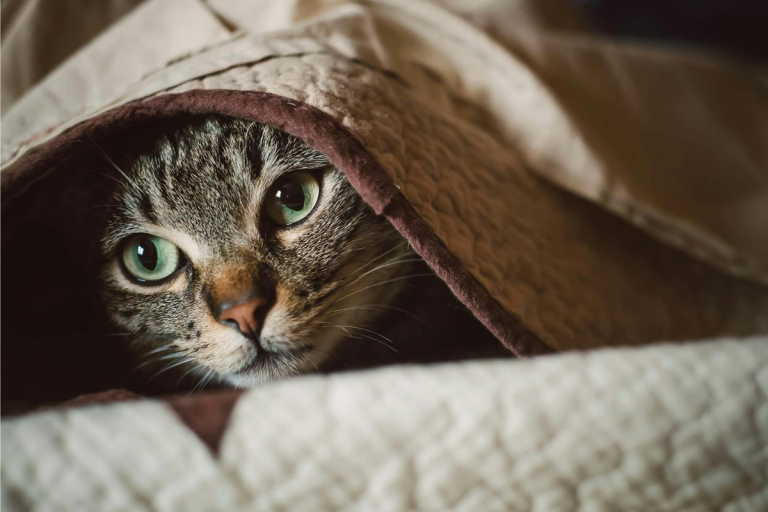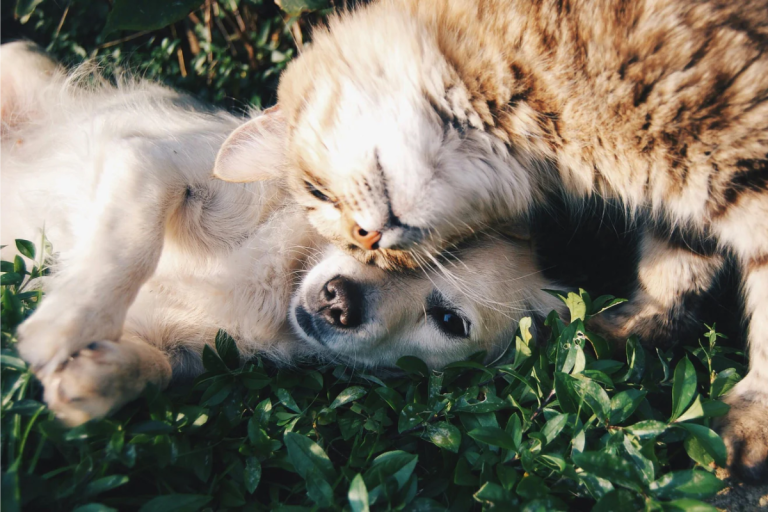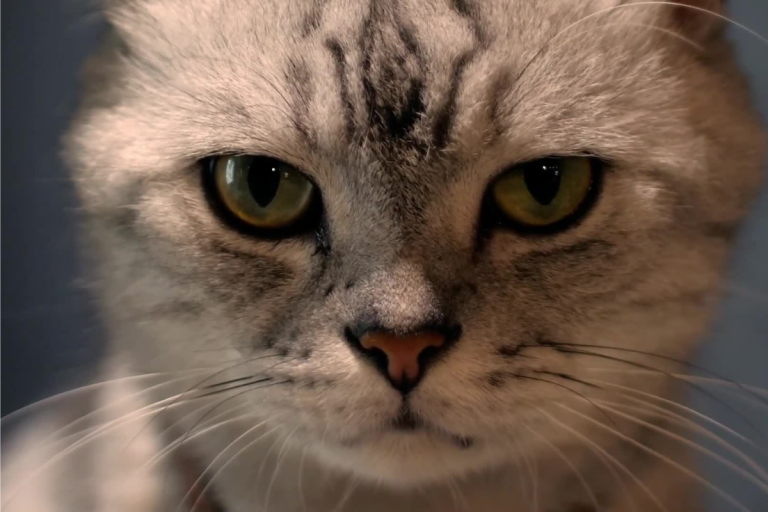What Is a Female Cat Called? Here’s The Real Answer!
You might think a female
In the world of
This special designation isn’t just a fancy title; it reflects her crucial role in the reproduction process.
So, why exactly is this term used, and how does it compare to the names for male cats?
Stick around; you’re about to uncover some fascinating feline facts.
The Term for Female Cats
The term for a female
This term isn’t just for show—it’s used specifically in the context of breeding.
A queen is a female
These are natural signs that she’s ready to mate.
Understanding this terminology helps you better communicate with veterinarians and breeders, ensuring your queen gets the care she needs. So next time someone asks, you’ll know the precise term to proudly describe your female feline.
Historical Names for Female Cats
Throughout history,
Medieval Europeans often chose names like Grimalkin, which had a mystical connotation.
During Victorian times, names like Lady and Duchess were popular, reflecting the societal emphasis on elegance and propriety.
In the early 20th century, names like Fluffy and Mittens emerged, showcasing a trend towards more affectionate and playful monikers.
Male Vs. Female Cat Names
When choosing between male and female
On the other hand, female
Common Misconceptions
Navigating the world of female
However, female cats can carry strong, bold names just as well. Another common misconception is that female cats are always more aloof or less playful than their male counterparts, influencing name choices based on personality stereotypes.
In reality, a female
Fun Facts About Female Cats
While choosing the perfect name, it’s fun to learn some interesting facts about female cats that might inspire you.
Did you know that female cats are called queens when they’re expecting or nursing? It’s a fitting title, given their often regal behavior.
Female cats also tend to be more independent compared to males, although this can vary by individual personality.
Interestingly, genetics play a role in their fur color; for example, almost all calico and tortoiseshell cats are female due to complex genetic coding.
Female cats are often very protective of their kittens and can be quite affectionate with their human families.
Learning these quirky facts might just help you find a name that suits your feline queen perfectly.
Conclusion
So, now you know that a female
Don’t fall for common misconceptions—knowing the right terminology makes a big difference. Plus, it’s a fun fact to impress your fellow
Keep this in mind next time you meet a lovely feline queen.
